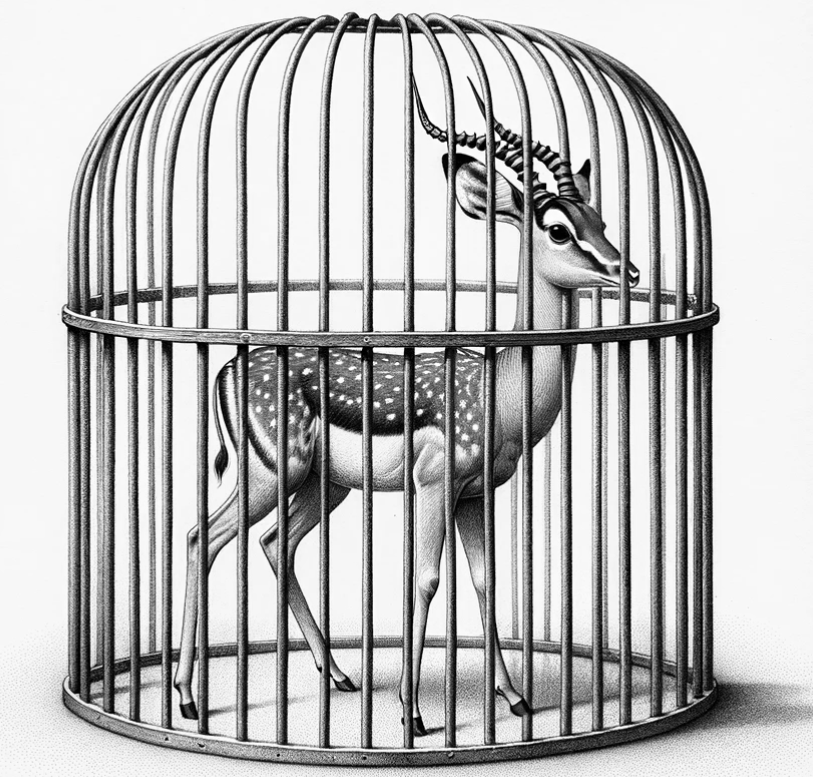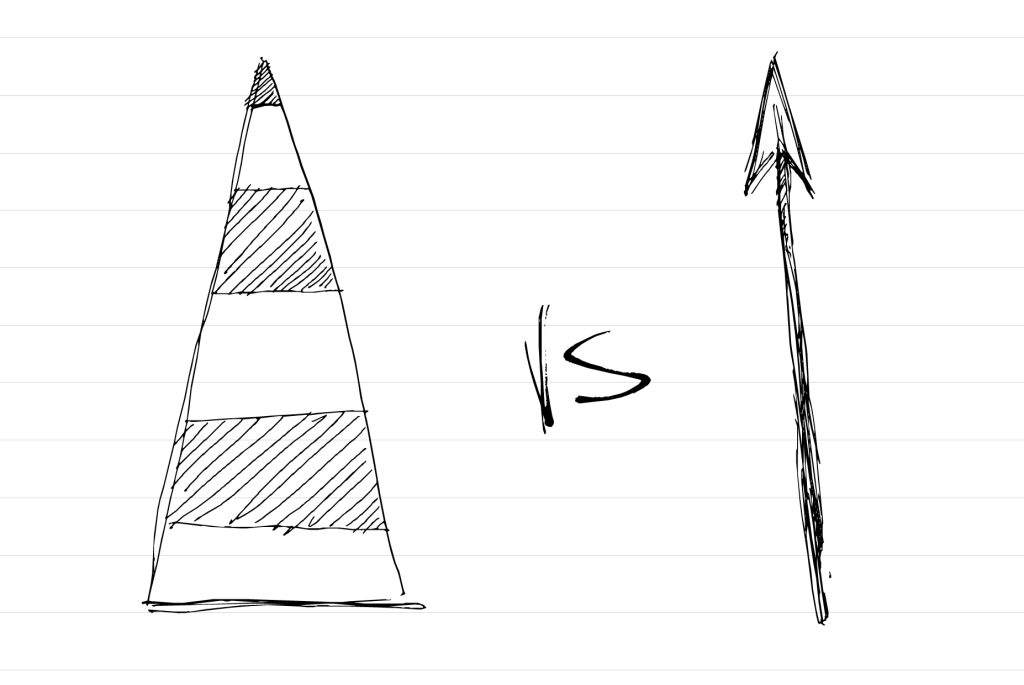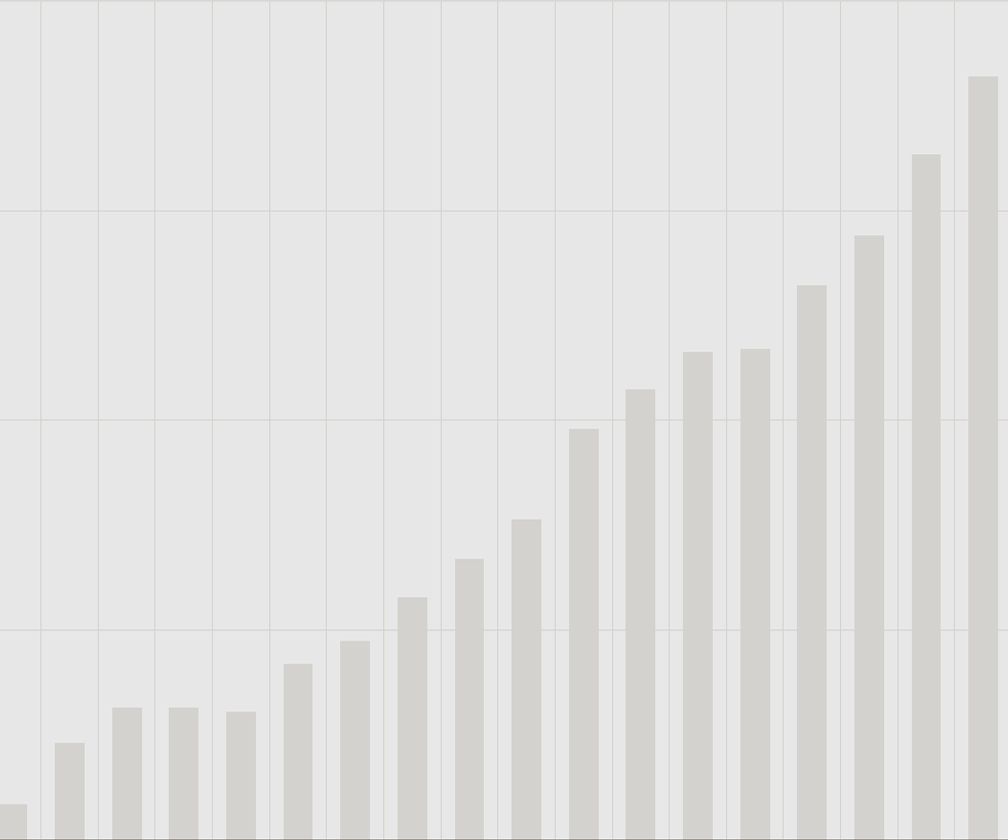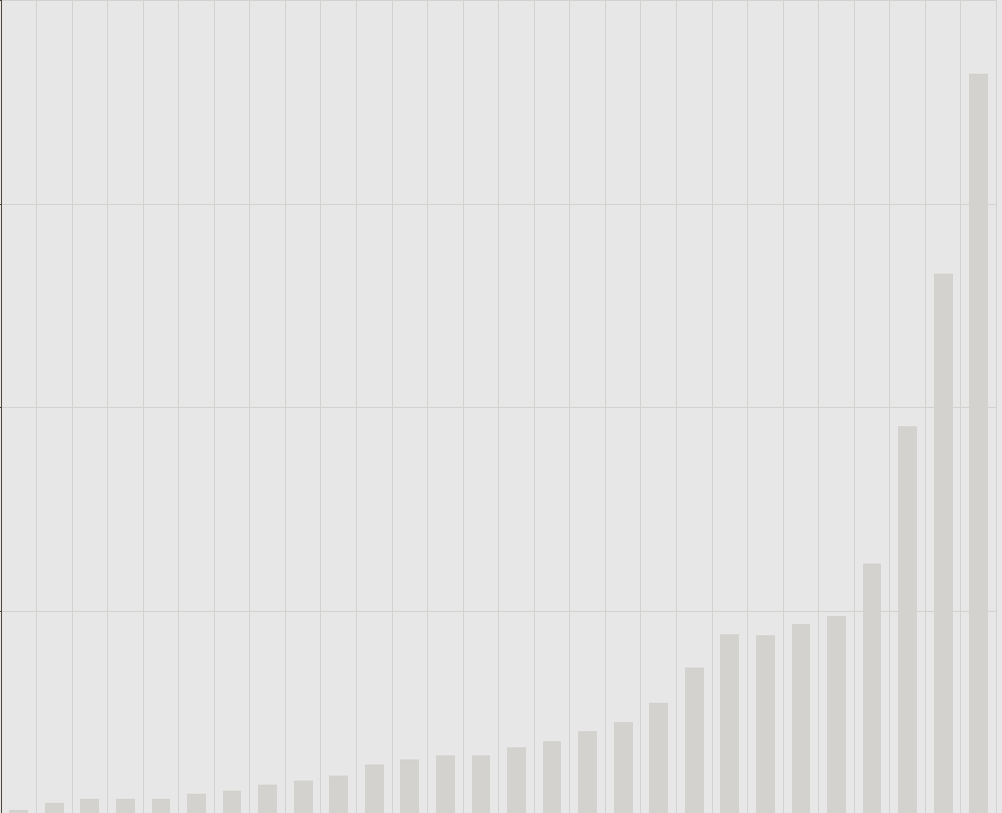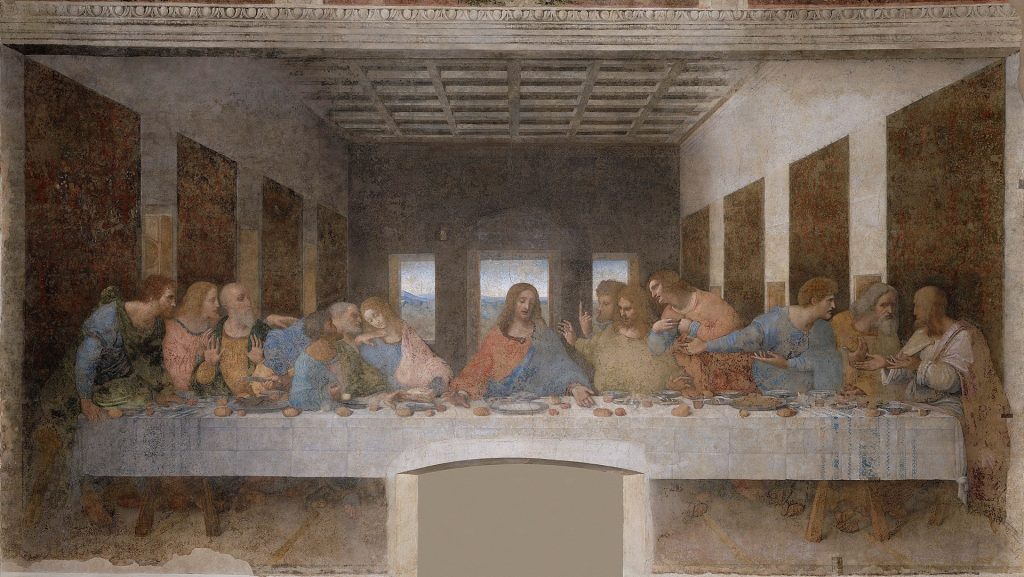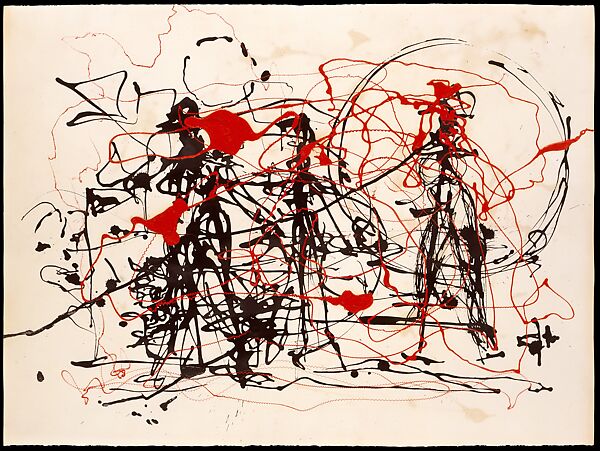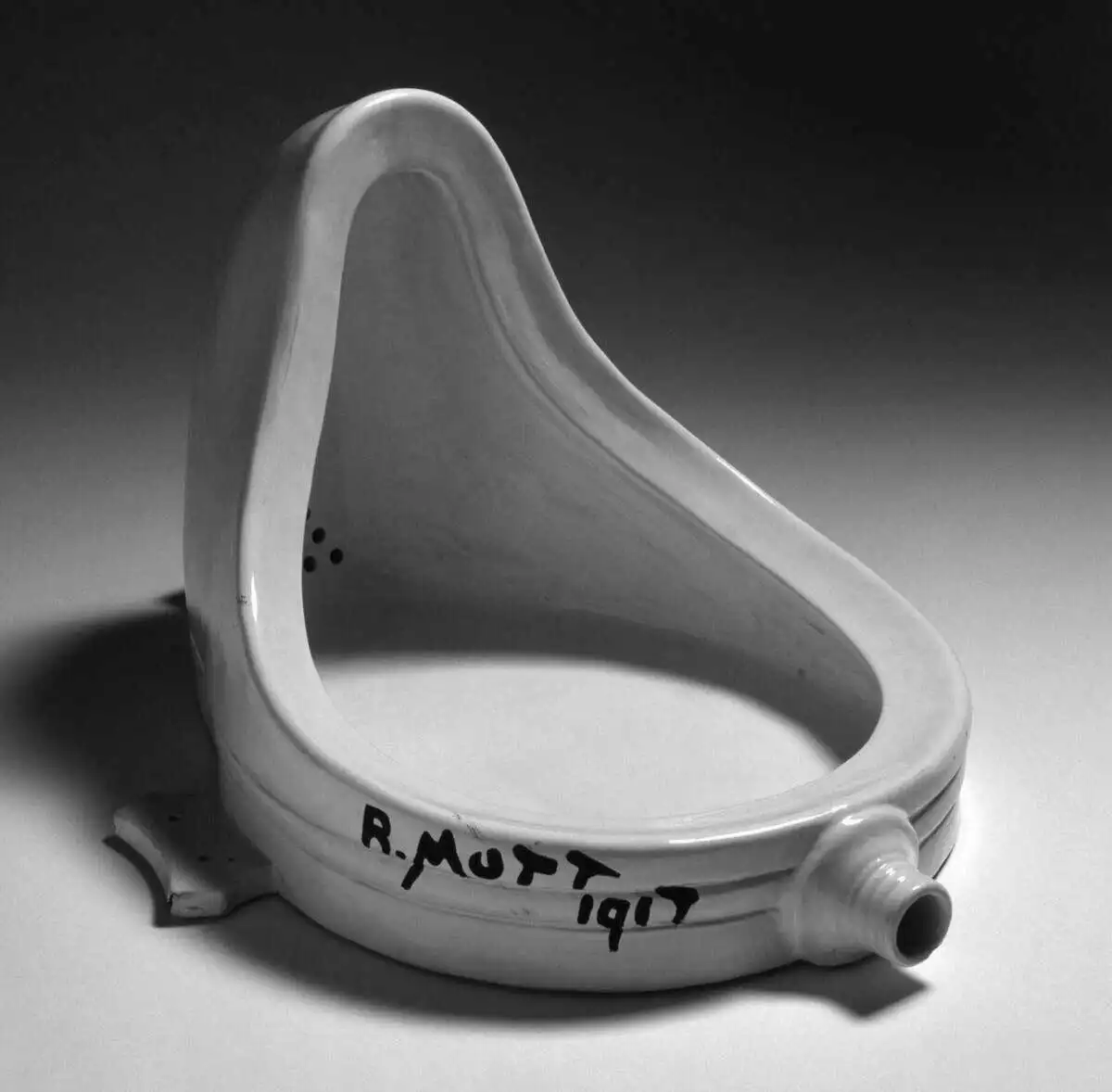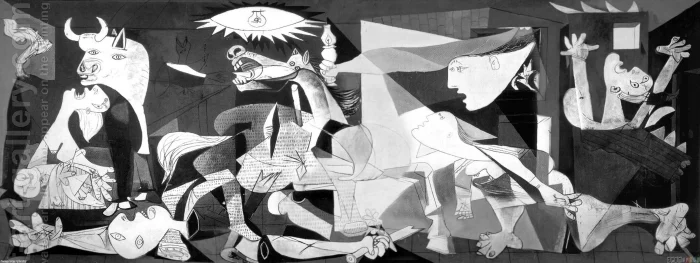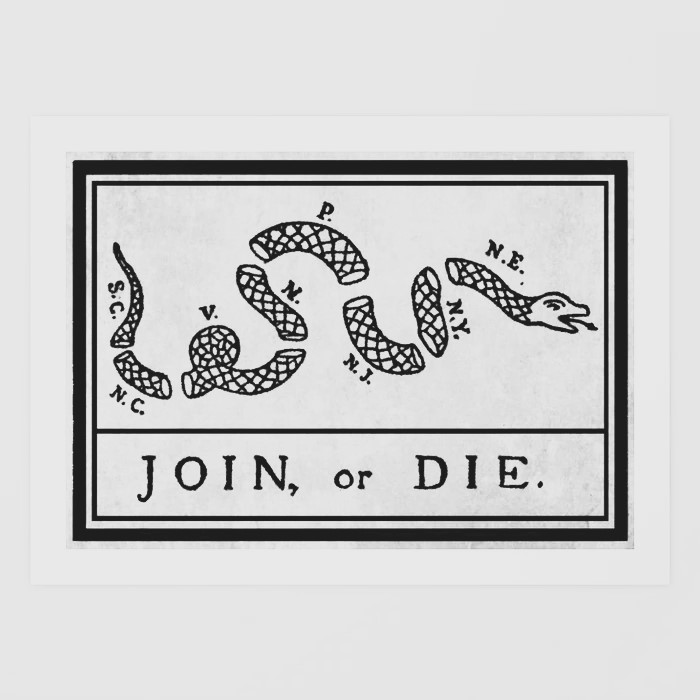An inch wide crack reaches up from the ground along a tall rectangular slab of granite known as “The Coffin”. A handful of pitches later and you reach “The Sail”. A beautiful bit of rock that fits it’s name and sits high above Little Cottonwood Canyon outside of Salt Lake City. My climbing partner, racked with gear, puts his left foot in first and steps upward. Another foot and another, he moves slowly up the wall. He stops, foot burred into this perfect wedge, and begins to look for the right sized cam to place as his first piece of protection. He’s only 15 feet off the deck. All his weight is placed on two feet jammed one over the other in this narrow slice that runs the height of the climb. Leaning forward, no real place to put his hands, he fumbles through his gear trying to find the piece he needs.
As he does, his right leg, the one with all his weight on it starts to jitter up and down. The sewing machine leg. It’s an uncontrollable phenomenon.
This happens from time to time and must be a physical manifestation of both fear and physical precision under stain. If you want to experience it yourself, setup a slack line for the fist time. You are almost guaranteed to see this come through.
Kelly is not without a comping mechanism. While I stand below, ready to take up the slack once his clip is in, I here a familiar sound. In a sort of nursery rhyme, sing song tone I hear something that goes a bit like:
I'm scared to death. Probably gonna die. Break both my legs and never climb again"
The tune is lumpy and without beat or melody. The lyrics to this song do not rhyme or have any real lyrical quality to them. They are just the facts. Just a candid response to the situation.
Kelly is not going to die. He’s not going to fall either. This is a technique him and I have used for ages. Since we started climbing together. We used the same method for fear management while downclimbing the start of a 2 thousand foot cliff in ski boots as we tried to get to a place we could actually ski from. Let me tell you, putting a hard plastic toe on a snow covered edge while carrying some awkward skis on your back is not a typical birthday event for most people. It is for us. I turned 33 that day. What’s a January birthday without sandwich on a ridge and a sketchy downclimb anyway?
Back on the wall, Kelly’s song has concluded and he’s heading higher. In a few moments, I’ll have the easy job of cleaning the route as we move to the next pitch. I’ll also sing the “I’m scared” song but it will be more for laughs then as a real method of coping.
The Sail
is a pitch we’ve wanted to climb for a long time. You can look it up. It stands high above the valley floor and could use to be climbed more often. As we work our way up the wall, the daylight starts to fade. We knew this might be a problem. We brought shoes. Well, I brought shoes. The plan is, if we run out of time and can’t make the climb up to the sail via the standard way, we can toss our shoes on and scramble up a little shoot to the base of the climb.
It seems pretty clear to both of us at this point. We’re not going to make it this way. We exit the route off to the right. Sitting now 200 feet below The Sail, we have to work our way up this bouldery drainage as quickly as we can. I rip off my climbing shoes and put on a decent pair of runners. Kelly slips on cowboy boots.
I laugh. I’ve just watched him climb the last 3 pitches with these things tied to his climbing harness. They dangled there like a pair of oversized dice in the rear view of some redneck jalopy. Why are we doing this?
Sunlight is fading. We’ve got a fair amount of scrambling to do and all to a climb we’ve never done before and my climbing partner is in cowboy boots. It was at this time that I realized we should have perhaps just stuck to a solid bouldering session at The Gate. No turning back now.
We make our way higher. It’s awkward. We laugh a bit, sing a bit. Are we even gonna get this climb in tonight?
I would bet 60% of every event we attempt goes like this. Maybe more. My first time backcountry skiing was with Kelly. He gave me a pair of 1980’s telemark skis, some old leather boots and I said “sounds like fun!“. It was fun. 4 feet of fresh powder and I had never skied before in my life, let alone with such an antique setup.
At the base
We stood there, at the base of the route. We’ve been out for hours now. It’s getting dark. We both know there is no way we are getting to the top of this before the sun sets. It’s not the first time we’ve failed a summit. We laugh about our choices, dammed from the start most likely. Oh well. Still an evening well spent.
We turn down, start to head lower.
We can’t really take the way we came up though. It’s getting dark and it’s too slow. So we find a set of anchors to the right and hook up our gear for a simultaneous repel. We make quick work of the decent, jumping backwards in the half light down the giant granite slab.
About 3/4 of the way down, we reach a large ledge. We’ve rappelled a few pitchs so far, hitting the floor, resetting our gear and then down the next. It’s quick work and a good time. It’s easy to lose yourself in the fun of it and overlook the consequences of a mistake.
Standing on this ledge, it might not be what you think. It’s not so much a sharp flat shelf as it is a wide, sloping slab that increases in angle as you near the edge. It’s about 40 ft wide and at the edge is a sharp drop of about 100 ft. We look for our anchors. It’s dark now, the sun is down. We can see stars overhead as the city lights glow down below. The last bits of sunlight softly light up the rock but it’s well past time for a headlamp. (a key item we failed to bring along)
Looking for the anchors to the next repel and we know we need to find them fast since neither of us have headlamps. If we don’t find the anchors to this last pitch before we lose that last bit of light, we’re gonna be up here all night with nothing but the soft glow of our own neighborhood off in the distance and Kelly’s cowboy boots to keep us warm.
We scan the edge of the rock. 40 ft of wide open granite sea laid out before us. While I don’t remember for sure, I feel we must have been singing a song. Probably something like :
"Stranded here in the dark. Can almost see my house. Slipped off this sketchy cliff. At least I died doing what I love. "
We often joke about “dyeing doing what you love”. While we both love playing in the mountains, ideally, we would still die old and not our here in a traumatic event.
Finally! We spot the bolts but man, they are way down there near the edge. I almost liked our odds of survival better of lasting the night then I do of getting to those bolts on the edge of this flat and featureless granite slab.
Whatever, it will be fine.
We slowly make our way down the rock. It’s so dark now. You can almost only see the anchors when you look away from them. They get lost in the grey with direct eye contact.
We slip the rope through the chains. I pull my side until we find the middle marked on the rope. We hook into the line. I tell Kelly, “put a knot in the end of that thing”. We don’t know if our rope will reach the bottom of this rappel. Seems like it should be it’s common for climbers to rap right off the end of a line after a big day.
We stand up together. Both linked to the same line. Our heels now both hanging off the edge of this sharp rock edge. Our butts jutting out into the abys. Here we go!
We drop over the edge. We can kind of see down. This is it. This will be our last rappel. We still don’t know if the rope reaches the ground. It’s too dark. As we get closer, we can see that we’re about 10 feet off the ground.
I don’t know about you but, 10 feet is a fair amount and I would rather not just drop it. As we get to our knots at the end of our respective sides of the line, we hang there. All this sketchy stuff and here we are. Stuck ten feet above the ground. It’s almost a joke.
I tell Kelly to swing kick off me and see if he can get to the large boulder to our right. He does. I start to swing a bit myself and stick out a leg. He grabs hold and in a few moments, we’re both unhooked and pulling the final rope.
The progressive nature of fear and boldness.
Notice the progression of fear in this story. A very true and real story.
At the beginning, well prepared and full of daylight, nerves overtook my partner only 15 feet from the ground. You could argue that this moment was literally the safest we’d be all day. Yet, as the event went on and the variables went slowly against us, fear gave way to fun and we become more present and more comfortable.
That first step is that hardest. Those first few feet into the air are the ones that get most people. In fact, I would argue that those folks who seem fearless are just the ones who have put a little distance between them and the ground.
The exponential nature of markets.
If you start with 10 and bet one and win three times, you now have three. If you bet with three and win three more times, what do you have? Now do it again with six.
If you start with 10 and bet one and win three, again you have three. You take two off the table and bet again three times with one. What do you have?
Even assuming a 100% win rate, the better method is option A. exponential betting growth.
This is something we all understand logically but don’t act based on it in reality. The two most important variables in betting are going to be risk capital (how much do you have that can be lost) and risk growth (how hard can you risk that capital in order to multiply it).
The first pitch
In the first pitch of your climbing and you trading you have both the most fear and the most risk. The fear is there because you have not yet entered into the work of climbing or trading. Once the mind gets aligned to the task, the fear will back off. Second, the closer you are to the ground, the higher the risk of hitting it.
Same is true in trading. Once off the deck, once you have a little “house money” to work with, your fear will drop and you will begin to work differently.
The issue
I am extremely critical of prop firms as a way to enter markets. Why? The first pitch issue. Their whole system is built on the idea of keeping you on the first pitch. Always close enough to the ground that you could fall and hit it. Once you understand this, once you realize how easy it is a few pitches higher, you will align your whole system and process to getting off the deck.
So you want to climb?
I am in markets to climb. I assume we all are.
For me, it’s never been about money. It’s about skill. It’s about knowing you can. markets are simply a way to get paid for skill and rationality. No other job values those two qualities in such a clear and immediate way.
However, if you are afraid to put that first foot in the crack and step up, you’ll never get to the bouldery gully where you can laugh at your buddy in cowboy boots. (you get what I mean)
What is this really about?
It’s about fearlessness. That is what life is about as well. It’s not about being right or being safe or having it together of under control. It’s not about a perfect PnL curve or trade optimization or knowing what will happen next.
It’s simply about entering into something unknowable with the skill and mental resolve to see it through, win or lose. Either way, it’s gonna be a good time.
That’s why I tell this story.
I see too many people stuck in a loop of “doing things right” when what they really mean is protecting themselves from potential adverse consequences. You know what you get when you live a life protecting yourself from making mistakes? Nothing! You end up with nothing. No stories, no adventures, no results.
Flip this around. Get out there and make some questionable decisions.

